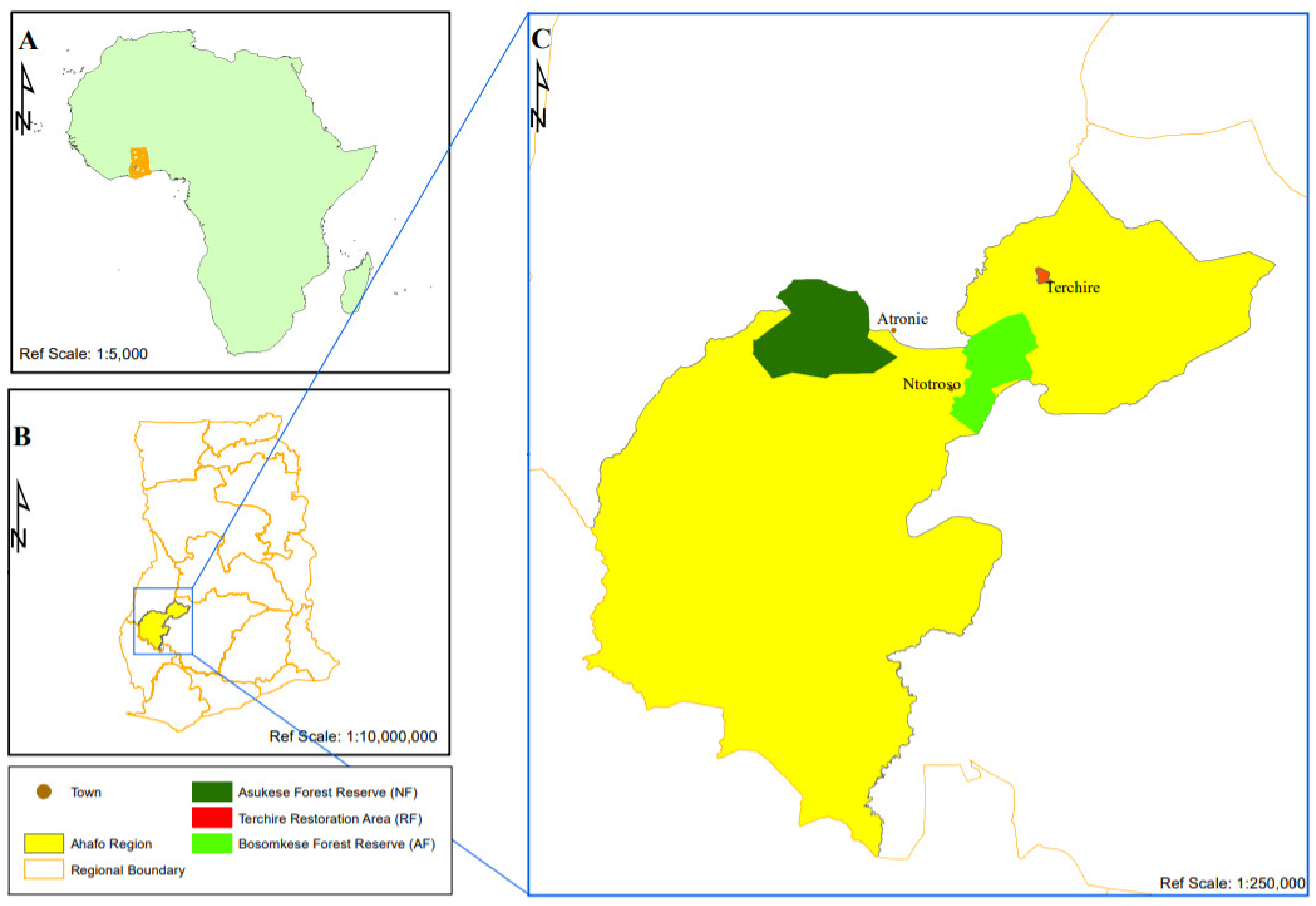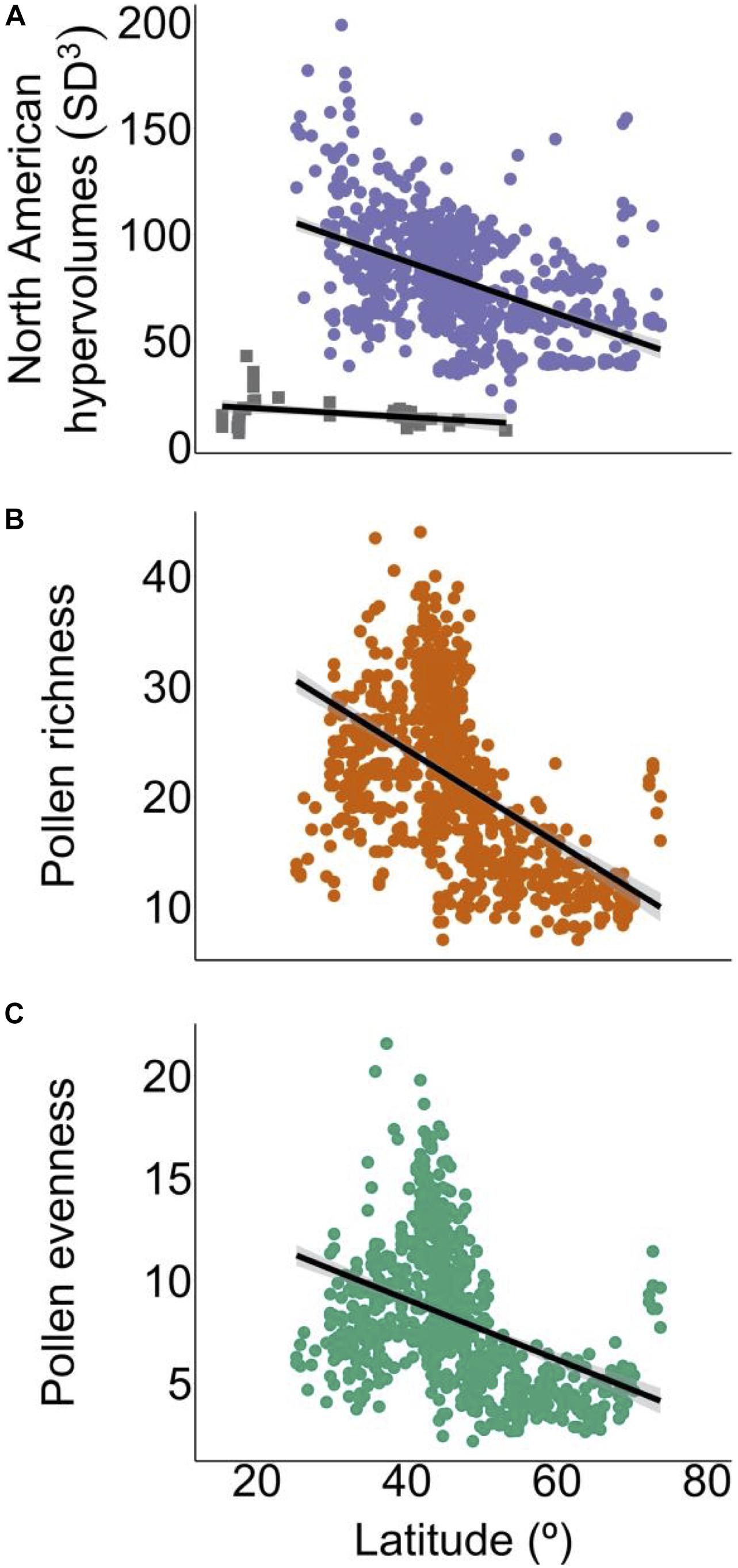Plant functional traits and types: Their relevance for a better
Por um escritor misterioso
Last updated 20 setembro 2024

It is proposed here to analyse the potential and limitations of the PFTT concepts in the case of AFS in the humid tropics, notably referring to rainforest dynamics regarding succession patterns. Complex Agroforestry Systems (AFS) in the humid tropics are mixed forest-like ecosystems that often display high species diversity that makes their structure and functioning difficult to understand and simulate. Plant Functional Traits and Types (PFTT) are broadly used concepts in community and ecosystem ecology to address the responses of species to changes in the environment and/or the contribution of species to ecosystem functions. The relevance of these concepts, developed for natural ecosystems, for a better understanding of AFS is unknown but we hypothesize that they might be useful to gain a better understanding of the resilience properties of AFS and to answer the following questions: What is the role of AFS species composition in ecosystem functions? and, conversely: How do environmental changes affect that species composition, and hence AFS performance? We propose here to analyse the potential and limitations of the PFTT concepts in the case of AFS in the humid tropics, notably referring to rainforest dynamics regarding succession patterns. This analysis is based on case studies from coconut-based AFS in Melanesia and coffee-based AFS in West Africa. Plant functional traits, such as growth form, life form, phenology, and height were first used to describe these AFS. Since AFS are a result of farmers interventions, to evaluate their performance specific traits, corresponding to agronomic characteristics of species such as the production cycle, and part of the plant used, need to be considered in addition to traits considered for natural forests. (Resume d'auteur)

Spectrally defined plant functional types adequately capture multidimensional trait variation in herbaceous communities - ScienceDirect

PDF) Plant functional types: an alternative to taxonomic plant community description in biogeography?

All Traits Are Functional: An Evolutionary Viewpoint: Trends in Plant Science
Using Plant Functional Traits to Explain Diversity–Productivity Relationships

Plant functional traits play the second fiddle to plant functional types in explaining peatland CO2 and CH4 gas exchange - ScienceDirect

Examples of plant functional traits used for measuring responses to

Functional trait effects on ecosystem stability: assembling the jigsaw puzzle: Trends in Ecology & Evolution

How plant functional traits determine ecosystem functioning (A) and

Forests, Free Full-Text

Predicting species abundance from plant functional traits: a conceptual

Frontiers Functional Paleoecology and the Pollen-Plant Functional Trait Linkage

Predicting ecosystem productivity based on plant community traits: Trends in Plant Science
Recomendado para você
-
Moodle Grupos - Apoio à Organização de Grupos20 setembro 2024
-
GitHub - danielneis/moodle-tool_syncgroups: With this plugin you20 setembro 2024
-
Moodle in English: Databases: Database model20 setembro 2024
-
 PDF) Active Learning Using Protein Data Bank (PDB) Biochemical20 setembro 2024
PDF) Active Learning Using Protein Data Bank (PDB) Biochemical20 setembro 2024 -
 PDF) AVALIAÇÃO DE FERRAMENTAS DE MONITORAMENTO DE INTERAÇÕES20 setembro 2024
PDF) AVALIAÇÃO DE FERRAMENTAS DE MONITORAMENTO DE INTERAÇÕES20 setembro 2024 -
 Caderno de Resumo 2010 - Semana de Letras - UFSC20 setembro 2024
Caderno de Resumo 2010 - Semana de Letras - UFSC20 setembro 2024 -
Clarissa Stefani Teixeira on LinkedIn: II TCDS: Painéis nacionais20 setembro 2024
-
 How to synchronise Google Calendar with Moodle20 setembro 2024
How to synchronise Google Calendar with Moodle20 setembro 2024 -
 Full article: Assessment framework for Proof of Concept (PoC) in20 setembro 2024
Full article: Assessment framework for Proof of Concept (PoC) in20 setembro 2024 -
 Acerto de matrículas 2023/2 – Colegiado Engenharia Civil20 setembro 2024
Acerto de matrículas 2023/2 – Colegiado Engenharia Civil20 setembro 2024
você pode gostar
-
 Bjørn Christian Rødal on X: @bronzeagemantis The celts, the gauls20 setembro 2024
Bjørn Christian Rødal on X: @bronzeagemantis The celts, the gauls20 setembro 2024 -
 As referências de Wandinha Addams - Colunista Luís Gustavo Conde20 setembro 2024
As referências de Wandinha Addams - Colunista Luís Gustavo Conde20 setembro 2024 -
 The Legend of Zelda: A Link to the Past — The Lost Blacksmith20 setembro 2024
The Legend of Zelda: A Link to the Past — The Lost Blacksmith20 setembro 2024 -
 Shane VAN BOENING vs Wu KUN LIN ▸ 2022 Predator World 8-Ball20 setembro 2024
Shane VAN BOENING vs Wu KUN LIN ▸ 2022 Predator World 8-Ball20 setembro 2024 -
 Shiny Monster Evolution Codes (December 2023)20 setembro 2024
Shiny Monster Evolution Codes (December 2023)20 setembro 2024 -
 Livro - Super Detonado Game Master Dicas e Segredos - Valorant - Livros de Entretenimento - Magazine Luiza20 setembro 2024
Livro - Super Detonado Game Master Dicas e Segredos - Valorant - Livros de Entretenimento - Magazine Luiza20 setembro 2024 -
 Arthur Morgan ( Erron Black )20 setembro 2024
Arthur Morgan ( Erron Black )20 setembro 2024 -
 Category:Media, Noumin Kanren no Skill Wiki20 setembro 2024
Category:Media, Noumin Kanren no Skill Wiki20 setembro 2024 -
 How to watch Classroom of the Elite on Netflix in 202320 setembro 2024
How to watch Classroom of the Elite on Netflix in 202320 setembro 2024 -
 Astro's Playroom review – a brilliantly playful showcase for the PlayStation 5, Games20 setembro 2024
Astro's Playroom review – a brilliantly playful showcase for the PlayStation 5, Games20 setembro 2024
